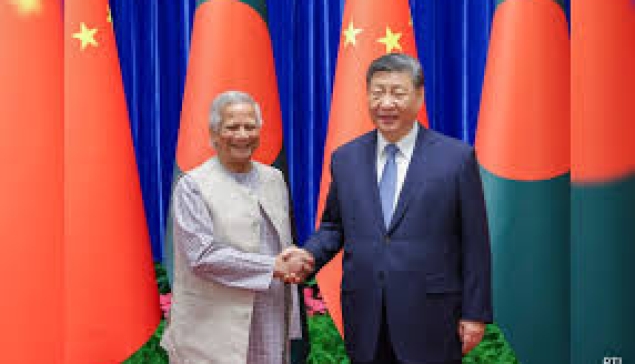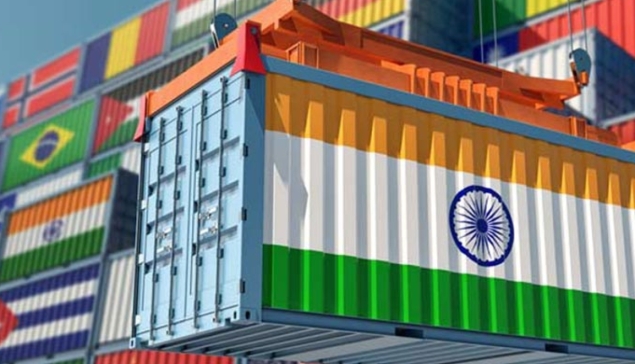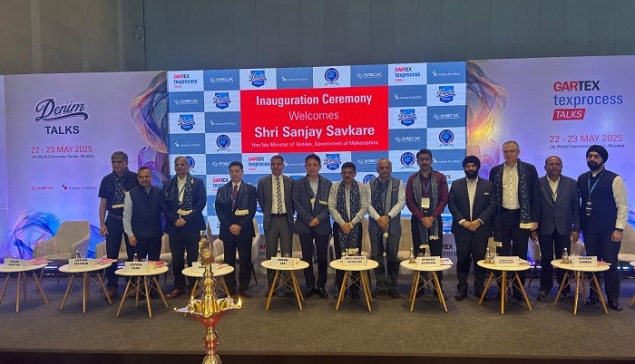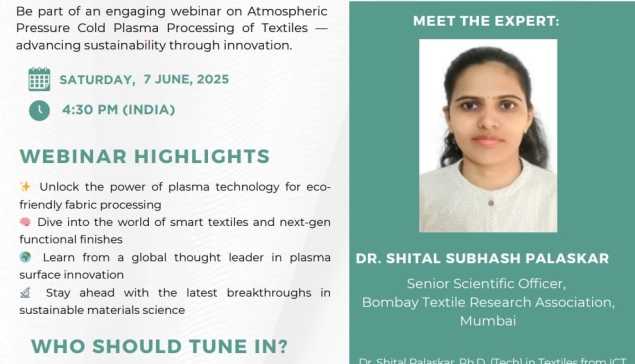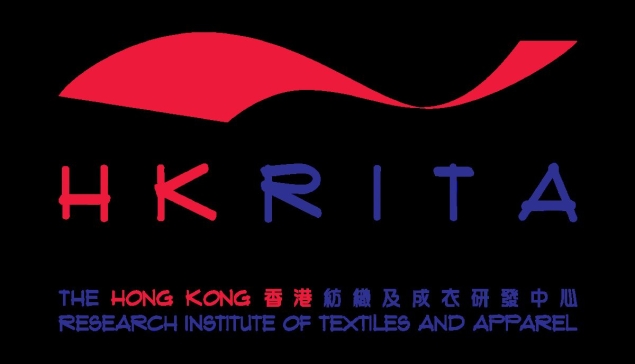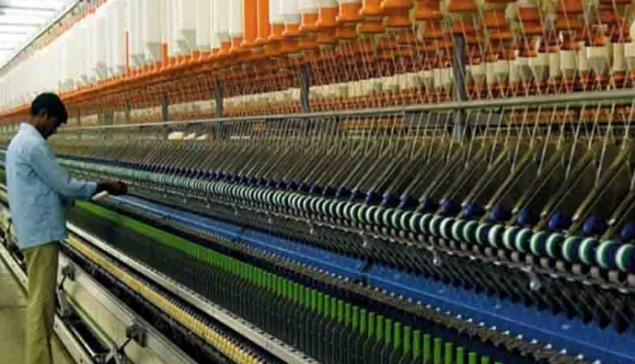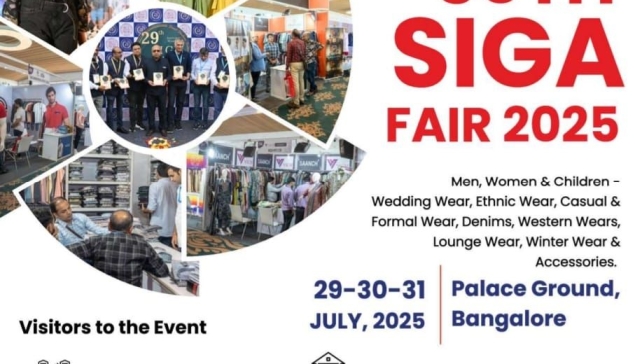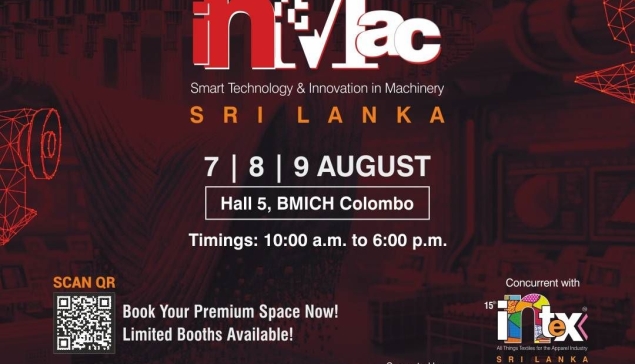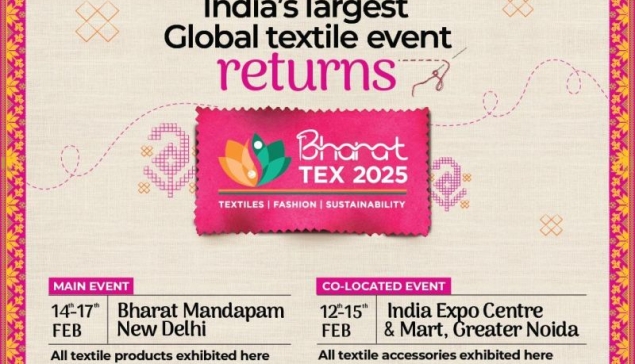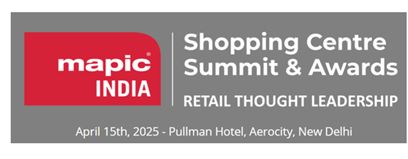"One of the sessions at MAPIC India 2025, held on April 15 in New Delhi, received an overwhelming response."
Over the past 4–6 years, CRC has invested deeply in research and innovation. As a result, we’ve developed what I call the “Box and Unbox” model—a unique approach to modern retail spaces. Roughly 50% of the space is “boxed,” meaning air-conditioned, enclosed environments. The other 50% is “unboxed”—open, vibrant, and organically integrated with the surroundings.
By “unboxed,” I mean we’ve curated an engaging high street experience. We’ve created a 20-meter-wide street promenade, a 1.5-acre amphitheater for music and events, and about 4 acres of green, cascading landscapes—all of which are in the process of receiving LEED certification.
These areas aren’t just green; they’re alive with experiential and organic touchpoints throughout.
I was listening carefully to Madam Bhakthan’s point on co-working—and yes, we’ve designed a beautifully air-conditioned co-working pod nestled amidst greenery and water features. This is part of what we call our “Flagship Beyond.” The name "Beyond" reflects the essence of the space—it’s more than just retail; it’s an experience.
This new format blends the organic and inorganic, the structured and the free-flowing. We believe it resonates especially with Gen Z, who prioritize meaningful, immersive experiences over conventional retail.
And I’d like to redefine the term “mall” in this context. To me, a mall today is a “socially elegant space.” Consider this: I spend 10 hours at home, 9–9.5 hours at work, and my weekends are often spent in a good retail environment. In Noida, options are limited—I’d love more choices to diversify my weekend lifestyle.
In fact, one of my personal weekend routines includes time at a biodiversity park—walking, picnicking, enjoying nature. This is the new essential for the evolved consumer—retail spaces that nourish the soul, not just the wallet.
Now, let’s talk business. Sales may fluctuate, but competition always exists. What ensures sustainability is a solid model that supports supply chain efficiency, vendor relationships, cost management, and innovative design. Our model addresses all these, while delivering a premium, experience-driven offering—including a 7-star hospitality service within a retail space, the first of its kind in NCR.
We’ve envisioned every detail with a 20-year horizon. This is our disruption—and I say this with confidence, not pride. We believe in this vision, and we’re confident it will succeed.
Experience is the keyword here. Whether it’s fast fashion, F&B, or lifestyle, today’s consumer wants instant gratification. They want what’s trending now, and brands need the speed and tech to deliver it.
Take fast fashion, for instance. Some brands now launch 100 new options per week. From identifying trends to delivering in-store, every bottleneck is being re-engineered. Whether it's dark stores to improve supply chains or smart tech to personalize in-store interactions, speed and relevance define success.
Even in F&B, like the story of the customizable “Meriwali Chai,” innovation was built on understanding the deeply personal nature of tea preferences in India. Despite skeptics saying it couldn’t scale, they invested in automation and tech to enable 40,000+ chai variations, while ensuring speed and consistency through AI and robotics.
From facial recognition for quick reordering to automated systems that understand personal taste, all these innovations were customer-driven. The lesson? Real disruption comes from honoring customer truths.
Today, consumers expect brands to know them, to delight them—not just serve them. Whether it's through immersive spaces, hyper-personalized offerings, or tech-powered speed, the future belongs to those who put experience at the center.
To summarize the insights from our discussion:
Holistic, human-centric design is key.
Deep customization—whether in chai or co-working—matters.
Seamless tech integration in supply chains and service delivery is a must.
Most importantly, experience is the new differentiator in retail.
Looking ahead, organized retail in India is on the cusp of a transformation. Back in 2005–07, we saw a wave of retail growth, but GDP and market maturity weren’t supportive. Organized retail was just 3–4%.
But by 2025, it’s projected to grow from 10% to 30%—a 200% increase in just 4–5 years. This shift is backed by strong GDP growth and a $2 trillion economic infusion. This time, the wave is not only real—it’s sustainable, for the next 15–20 years.
The opportunity is massive. And if we align ourselves with Gen Z’s expectations and focus on creating extraordinary experiences, Indian organized retail is headed toward an exciting, transformative future.

